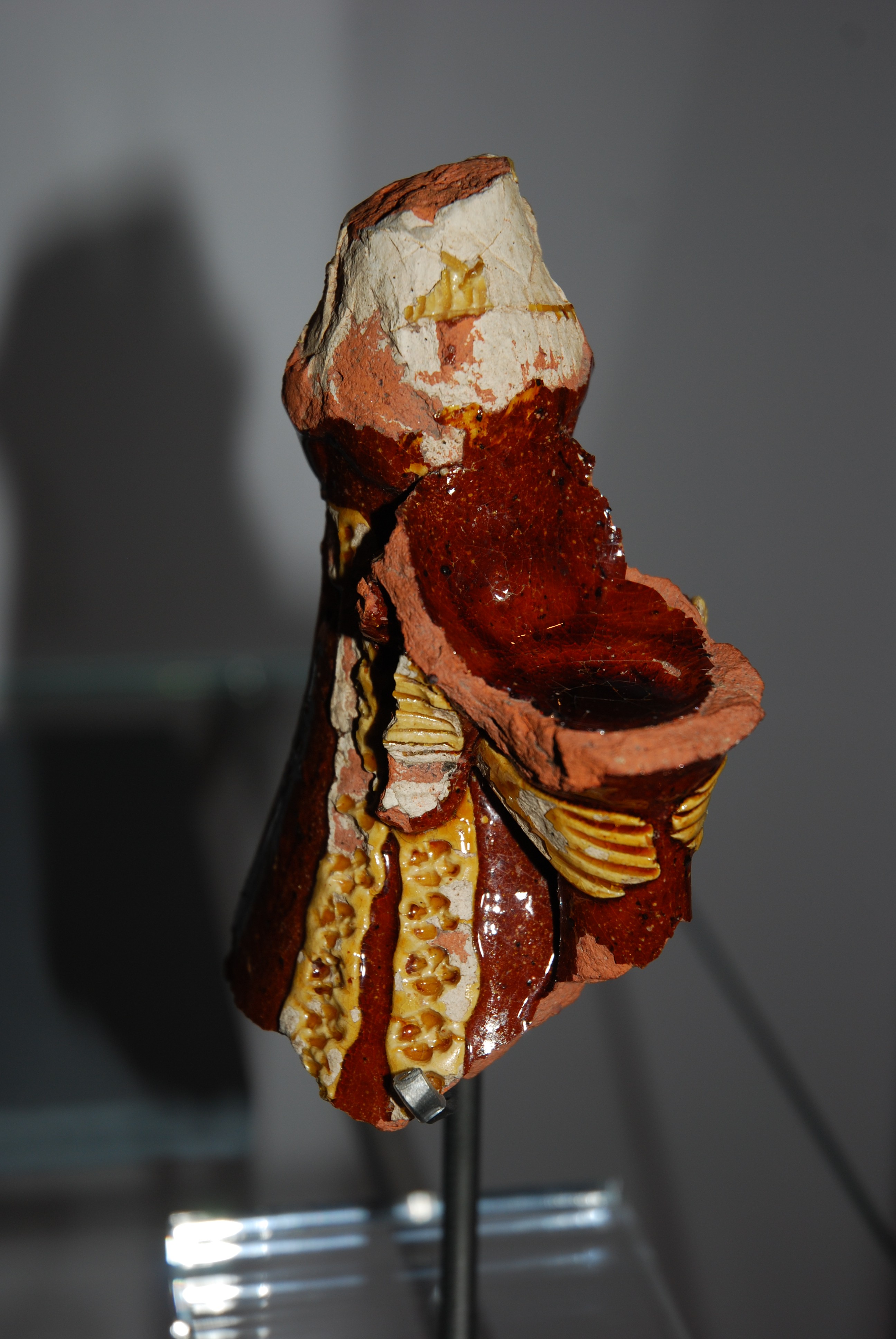Historic Cooking
Bring the past to life through food. Historic Cooking is a bi-monthly show where we recreate dishes from history and reimagine them with a modern twist.
Episode 1 - Medieval Beef Stew (Beef y-stywyd)
In this episode we recreate an English beef stew from 1420. The original recipe was taken from 'Two fifteenth-century cookery-books : Harleian MS. 279 (ab 1430), & Harl. MS. 4016 (ab. 1450), with extracts from Ashmole MS. 1439, Laud MS. 553, & Douce MS. 55' / edited by Thomas Austin. The book can be accessed online here.
We have produced some easy to follow recipes for the medieval stew in addition to the modern version. These can be downloaded below:
Episode 1 Recipes & Ingredient lists
Medieval Cooking
Cooking in medieval Britain was very different depending on how wealthy the family was. It was mostly done by women, although wealthy women would have servants to do the physical work while they managed the household. We know that the Carmelites at Whitefriars in Coventry did their own cooking as they were paid by some of the Coventry guilds to provide their annual feast and entertainment!
Cooking was done on a central hearth using a large iron pot to boil meat and vegetables. Apart from the very poor, most people had a reasonable diet. This might include brown bread, beans, chicken, beef, pork, herrings, salted cod and vegetables such as turnips, onions and cabbage.
A variety of implements were used in cooking. Flat, slotted skimmers removed the unwanted ‘scum’ at the top of stews. Strainers would remove the meat and vegetables so the remaining liquid could be made into broth.
Salt was important for preserving meat and fish and flavouring food at the table. Did you know that people only used knives and spoons to eat? Forks became more popular in the late 1500s.

Tudor Salt Cellar
Late Medieval or Tudor Dutch salt lady figure
Imported from The Netherlands as an expensive table salt container,
would have showed off the wealth of its owner.
Few comparative examples survive,
some exist in The Collection Lincoln & British Museum.
Made of glazed fired clay.
Head and base and some of the basket has been damaged and missing.
A very unusual find!
 Medieval Skimmers
Medieval Skimmers
Two skimmers made of metal, from the Shelton collection.
These skimmers were used for getting rid of the scum on the top of your stew!
 Medieval Pipkin
Medieval Pipkin
A pipkin is an earthenware pot.
Always with a handle, and often with three feet (though this one does not have feet)
It was put over coals or fires but not put in direct contact with either otherwise this would crack the pot.
This medieval pipkin was found in a stone lined cess pit on Much Park Street.
 Tyg
Tyg
This is a Cistercian ware tyg (tig) mug from between 1400 - 1550.
Tygs often had multiple handles which were used for passing around hot drinks
to share with others.